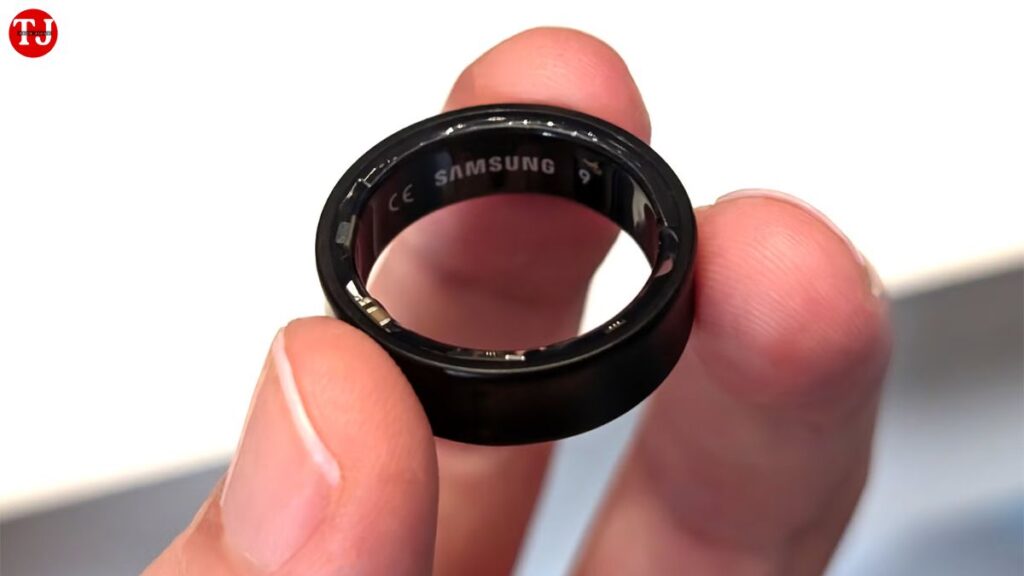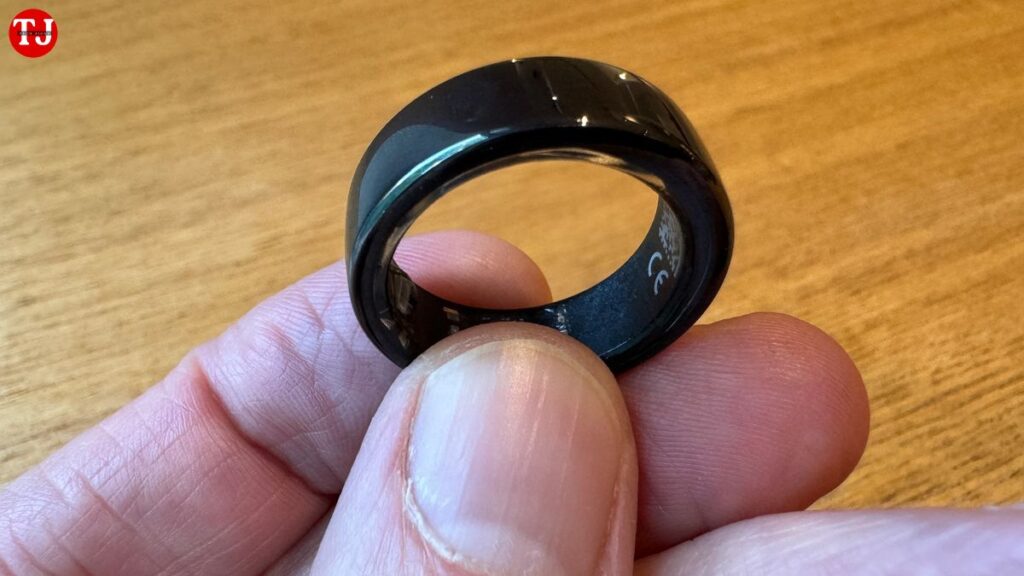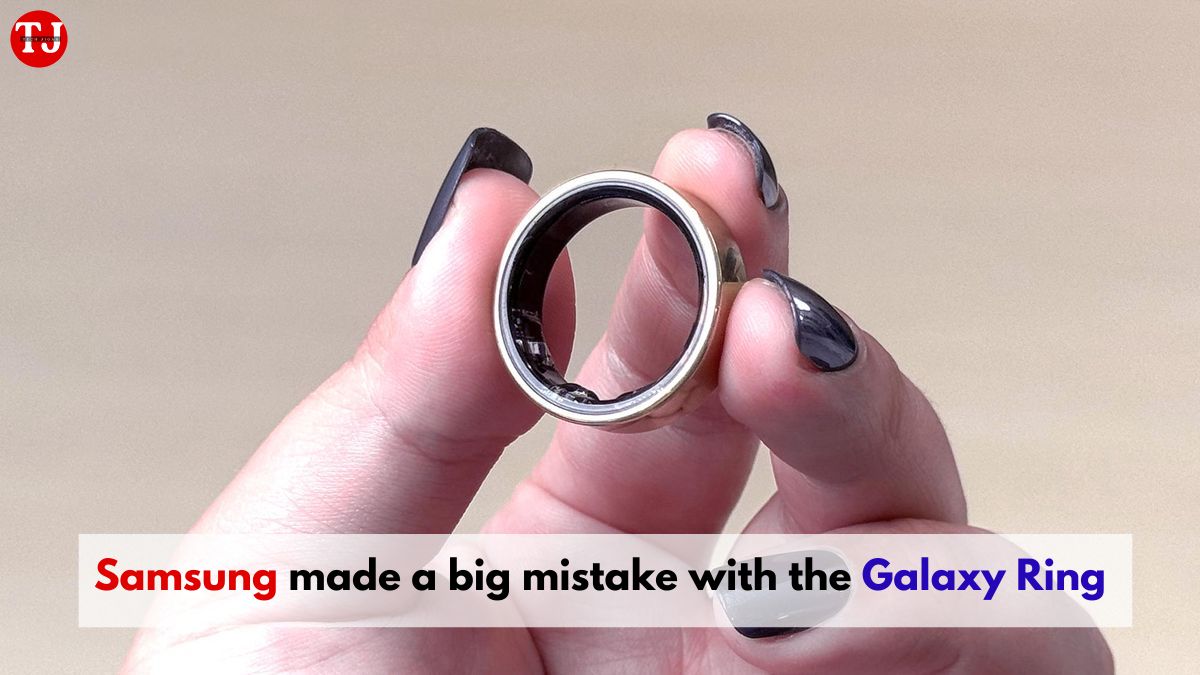Samsung has made a significant move this year with the launch of the Galaxy Ring, marking its entry into the smart ring market. This new product sets Samsung apart as the first major smartphone brand to venture into this space, which has traditionally been led by smaller companies like Oura. The introduction of the Galaxy Ring represents a bold step for Samsung and could reshape the dynamics of the smart ring industry.
The Galaxy Ring is a sleek, compact wearable designed to fit comfortably on your finger. It continuously tracks your health metrics, including heart rate and sleep patterns. Utilizing advanced AI algorithms, it provides insightful scores such as an Energy Score and a Sleep Score, helping you understand and optimize your well-being.
You don’t need a Samsung Galaxy smartphone to use the Galaxy Ring, as it works with any Android phone that has Samsung Health installed. However, if you use an iPhone, you’re out of luck—the Galaxy Ring is not compatible with iOS. This limitation is arguably the Galaxy Ring’s biggest drawback.
Smart rings should be for everyone

For the past several years, I’ve been using an Oura Ring alongside my iPhone 15 Pro. I’ve also spent some time with the Evie Ring. Beyond these two, the smart ring market offers other notable options like the Circular Ring Slim, Ultrahuman Ring Air, and RingConn Smart Ring, among others.
With the exception of the Evie Ring, all the rings I’ve mentioned are compatible with both iOS and Android. However, the Evie Ring will also receive an Android app in the future.
Samsung’s Galaxy Ring appears to lack compatibility with iOS, and it’s unclear why the company has decided not to support Apple’s operating system. This limitation might be a significant consideration for potential users who own iPhones.
A smart ring is a wearable device without a screen, differing from smartwatches like the Galaxy Watch 7 that run on platforms like Wear OS. Unlike Samsung and Apple smartwatches, which are often limited to their respective ecosystems, smart rings simply use Bluetooth to connect to your phone. Since there’s no proprietary software on the ring itself, they offer broader compatibility across different devices.
A swing and a miss

By not supporting iPhone users, Samsung is effectively excluding half of the potential customer base for the Galaxy Ring. As someone who has been using the Oura Ring for several years, I am interested in exploring the Galaxy Ring. However, its lack of iOS compatibility significantly reduces its appeal, leaving me with no option but to continue using Oura.
It’s curious why Samsung hasn’t developed a Samsung Health app for iOS, especially since Google’s Fitbit app is available on the App Store, allowing Fitbit devices like the Charge 6 to work seamlessly with both iOS and Android. While it’s understandable that a Galaxy Watch Ultra isn’t compatible with an iPhone, the same reasoning doesn’t seem to apply to the Galaxy Ring. By making the Galaxy Ring compatible with iOS, Samsung could attract iPhone users who might later be interested in exploring other Samsung products, potentially leading them to switch to a Samsung phone, smartwatch, or other devices.
Not offering iPhone users the chance to try the Galaxy Ring without needing an Android phone is a missed opportunity. This could have been the perfect way to show iPhone users the potential advantages of the Galaxy Ring, but unfortunately, that option isn’t available.
If Apple were to create an Apple Ring, it’s unlikely they would make it compatible with Android devices. Apple and Samsung have built strong, loyal user bases within their respective ecosystems, creating “walled gardens” that encourage users to stay within their brand’s suite of products and services.
When accessories like smart rings are designed to work exclusively within a specific platform’s closed ecosystem, consumers often face limitations.
